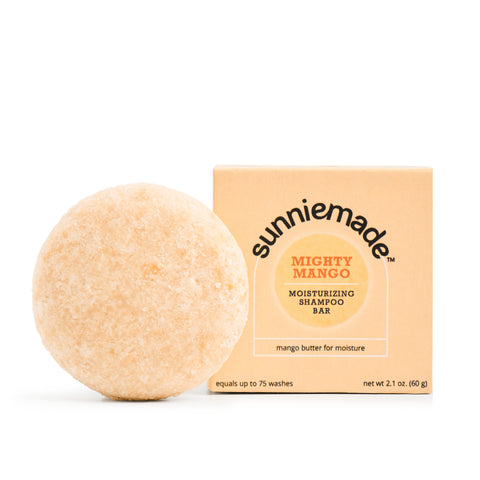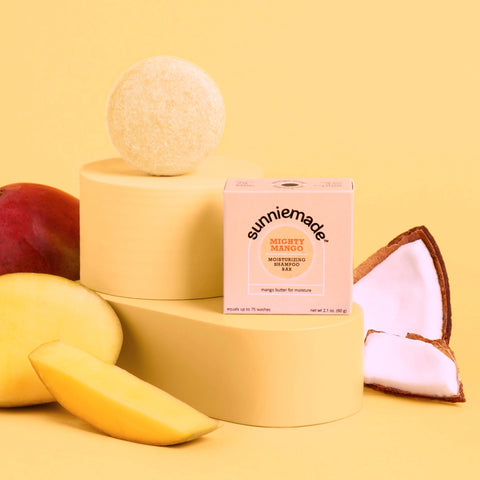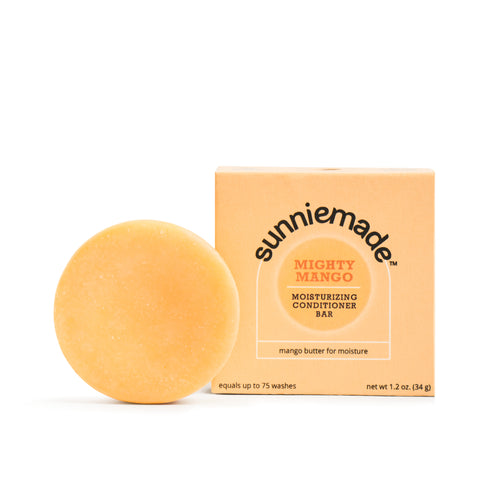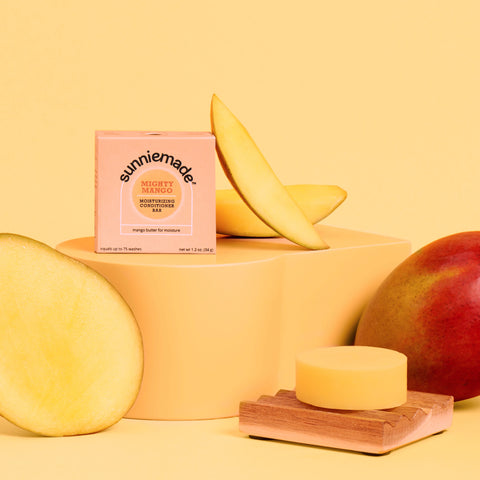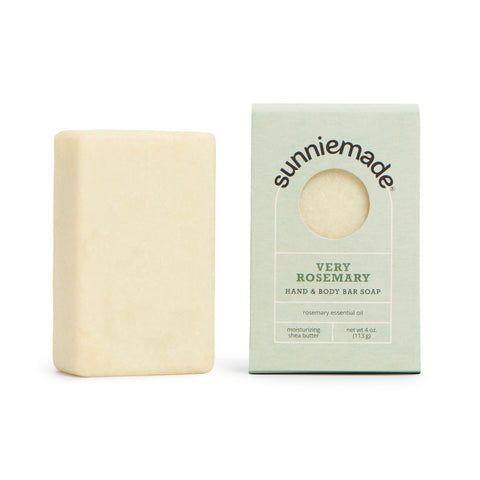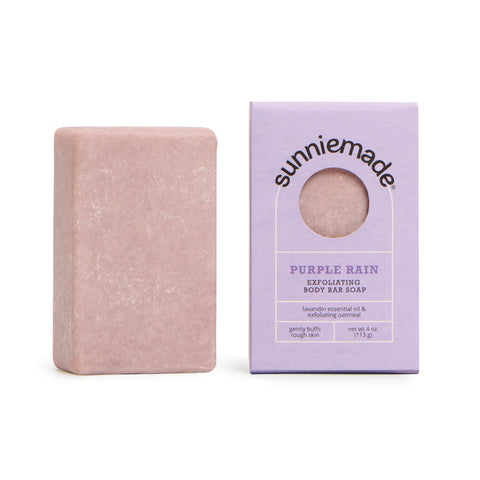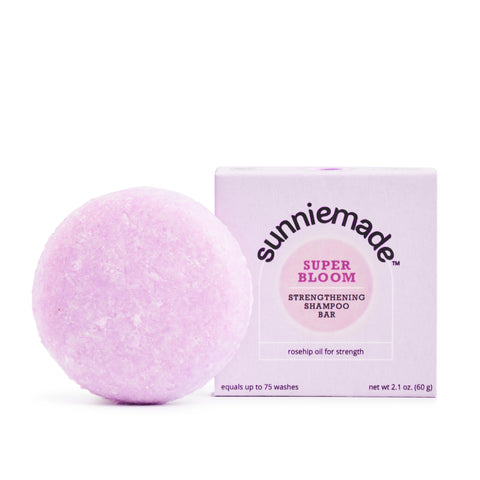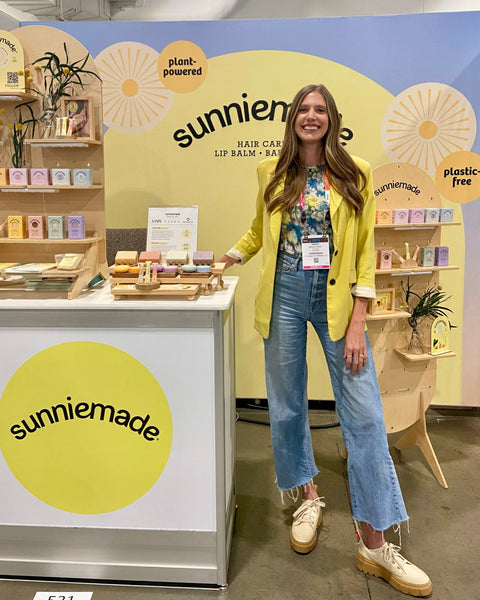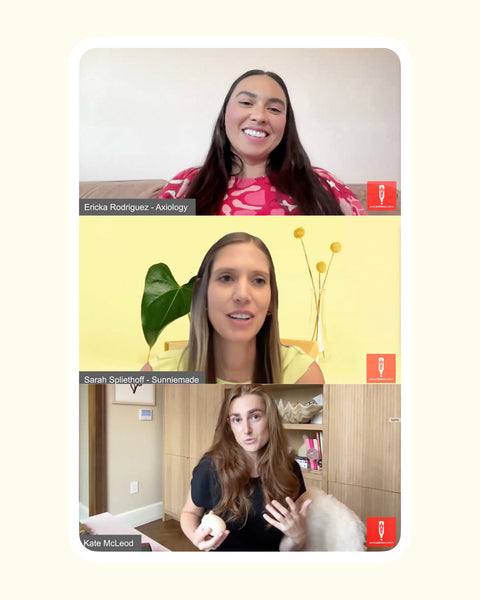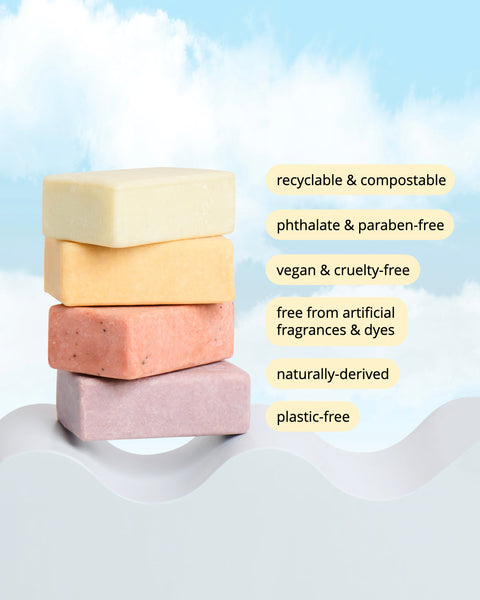5 Plastic Recycling Myths: Busted
This month marks Plastic Free July, a global movement that encourages us to reduce our reliance on plastic. It’s a month to reflect on ways we can personally make small changes for the better and to gain a greater understanding of the systems we can collectively improve for future generations. Our national plastic recycling programs are very convoluted, so consumers are often forced to make decisions with limited or confusing information. This Plastic Free July, we're here to help spread awareness about the realities (and misconceptions) of plastic recycling.
A significant cause of the plastic crisis is due to the rise of single-use plastics, which accounts for 50% of all plastic produced in a year. Many are led to believe that single-use plastics aren’t a problem because they are “recyclable.” While recycling is one essential tactic, it's crucial to remember that refusing, reducing, reusing and repurposing should take precedence.
In the US, the percent of all plastic made that was *actually recycled* is estimated to have declined to about 5–6% in 2021, down from 9.5% in 2014. The reality is that “recyclable” is more of a theoretical statement than a likely outcome. But why?
Myth #1: The chasing arrows symbol means it's recyclable.
Reality: Many plastics marked with chasing arrows are not recyclable.
 Unfortunately, the “chasing arrows” logo is misleading for most types of plastic, as they’re rarely recyclable. The arrows are merely a way to indicate what kind of plastic it is, not that it's recyclable. For example, many plastic clamshells are marked with ♻#6 to indicate that the type of plastic is expanded polystyrene. The US reprocessing capacity for this type of plastic is less than 5% and thus does not meet the FTC legal definition of “recyclable.”
Unfortunately, the “chasing arrows” logo is misleading for most types of plastic, as they’re rarely recyclable. The arrows are merely a way to indicate what kind of plastic it is, not that it's recyclable. For example, many plastic clamshells are marked with ♻#6 to indicate that the type of plastic is expanded polystyrene. The US reprocessing capacity for this type of plastic is less than 5% and thus does not meet the FTC legal definition of “recyclable.”
Myth #2: Curbside collection works.
Reality: Plastic waste is extremely difficult to collect and sort.
Trillions of single-use plastics are distributed to over 330 million U.S. residents across more than 3 million contiguous square miles each year. Of those trillions of individual pieces of plastic, there are thousands of different types of plastic, each with its own composition. They have different melting points, dyes, and characteristics, such as flexibility or rigidity, which require that they be sorted before they can be recycled. We simply don’t have the infrastructure in place to collect and sort this massive amount of plastic. As a result, plastic recyclers operate at about 60% capacity because they aren’t being supplied with enough properly sorted plastic.
Myth #3: Plastic can be recycled indefinitely.
Reality: Plastic can only be downcycled.
![]() While materials like aluminum and glass can be infinitely recycled, plastic can only be downcycled into lesser forms of plastic. The material degrades in quality, diminishes in quantity (yield loss), or both during each use and recovery. So a plastic bottle may be recycled once or twice as a plastic bottle, but would need to be supplemented with virgin plastics to achieve the same quality. From there, it will be further downcycled into a lesser form of plastic, like a fleece jacket, or lumber, which then can’t be recycled.
While materials like aluminum and glass can be infinitely recycled, plastic can only be downcycled into lesser forms of plastic. The material degrades in quality, diminishes in quantity (yield loss), or both during each use and recovery. So a plastic bottle may be recycled once or twice as a plastic bottle, but would need to be supplemented with virgin plastics to achieve the same quality. From there, it will be further downcycled into a lesser form of plastic, like a fleece jacket, or lumber, which then can’t be recycled.
Myth #4: Plastic recycling is an efficient use of resources.
Reality: Plastic is environmentally harmful and not economical to reprocess.
During recycling, contamination and process losses reduce the overall volume of plastic by about a third. Further, it is exorbitantly expensive to collect, sort, truck, and safely reprocess plastic waste, which is why brands and retailers are actually charged more to use recycled plastic than virgin plastic. Not only is it expensive and inefficient, it’s dirty. Plastic products contain toxic chemicals – everything from endocrine disrupters to cancer-causing chemicals – which pose serious environmental and health concerns when they are recycled or incinerated.
Myth #5: Individual people can’t make a difference.
Realty: You can.
The good news is that individually we can all work to reduce single-use plastic waste. On average, individuals generate 1,847 pounds of plastic waste per year. This underscores just how much plastic you personally can eliminate. There are many types of plastic that are hard to avoid, but there are also many that can be easily avoided, and every little bit helps. To create change, we need many imperfect environmentalists, not few perfect environmentalists. Further, you can vote with your dollar by choosing plastic-free alternatives. The only reason corporations use plastic is because people buy plastic. When many individuals (like you) collectively demand plastic-free alternatives (and spend money on them), that stimulates innovation and action at the corporate level.


